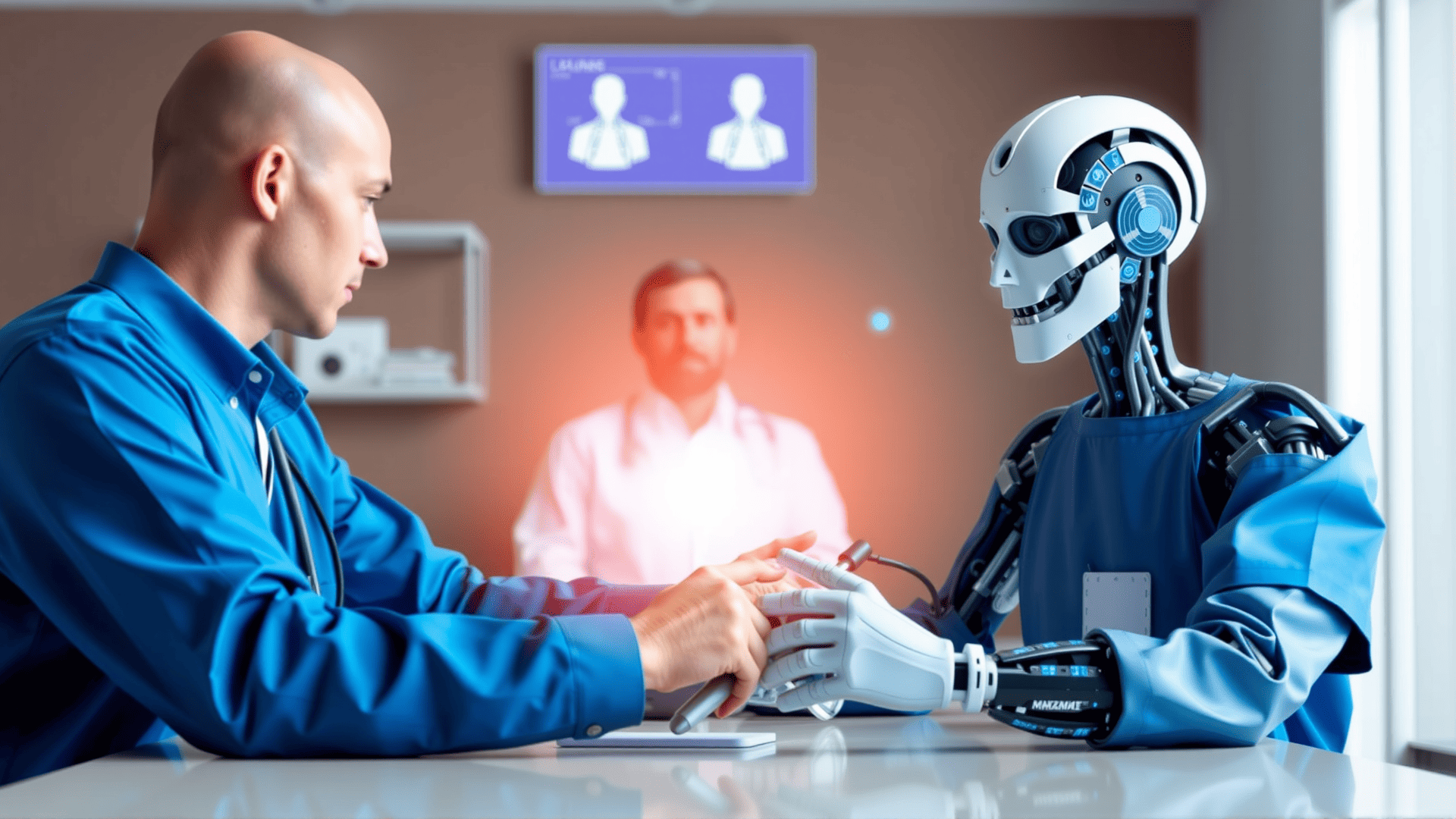Table of Contents
In an age where technology plays an increasingly vital role in healthcare, remote healthcare services are proving to be a game-changer for elderly patients. By leveraging telemedicine, virtual consultations, and monitoring tools, healthcare providers can offer innovative solutions that help older adults maintain their independence while receiving the care they need. This article explores how remote healthcare is reshaping the way elderly patients manage their health and enhancing their quality of life.
The Need for Remote Healthcare for the Elderly Patients
As individuals age, they often face numerous health challenges that can complicate daily life and limit their independence. Mobility issues, chronic conditions, and cognitive decline can make it difficult for elderly patients to attend regular medical appointments or engage in community activities. Remote healthcare offers a practical solution to these challenges.
Benefits of Remote Healthcare for Elderly Patients
- Increased Access to Care: Remote healthcare eliminates the barriers associated with traveling to in-person appointments, such as transportation difficulties or physical limitations. Older adults can consult with healthcare providers from the comfort of their own homes, ensuring that they receive timely medical attention without the hassle of travel.
- Continuity of Care: Regular check-ins through Telehealth platforms facilitate ongoing communication between elderly patients and their healthcare teams. This continuity is crucial for managing chronic conditions, as providers can monitor patients’ health status, review medication adherence, and adjust treatment plans in real-time.
- Chronic Disease Management: Elderly patients often have multiple chronic conditions that require frequent monitoring. Telehealth technologies, such as wearable devices or mobile health apps, enable healthcare providers to track vital signs and health metrics from a distance. This proactive monitoring helps detect potential issues early, reducing hospitalizations and improving health outcomes.
- Enhanced Mental Health Support: Loneliness and social isolation are common challenges faced by elderly individuals. Telehealth offers a means to access mental health support through teletherapy and virtual counseling sessions. These services can help elderly patients address feelings of anxiety or depression, ultimately contributing to improved emotional well-being.
- Personalized Care Plans: Remote healthcare allows for individualized care that caters to the unique needs of elderly patients. Providers can create personalized health plans based on the data collected through remote monitoring tools, ensuring that each patient receives tailored interventions suited to their conditions and lifestyles.
- Family Involvement: Remote healthcare enables family members to participate more actively in the care of their elderly relatives. Through virtual appointments, family members can collaborate with healthcare providers, ensuring everyone is on the same page regarding treatment goals and progress. This family involvement can enhance emotional support and improve treatment adherence.
Technologies Driving Remote Healthcare
- Telemedicine Platforms: Telemedicine applications facilitate virtual consultations, allowing elderly patients to connect with their healthcare providers through video or phone calls. These platforms often feature easy-to-use interfaces designed with seniors in mind, making them accessible even for those with limited technical experience.
- Wearable Devices: Wearable health trackers monitor vital signs, physical activity levels, and other health indicators. These devices send data directly to healthcare providers, enabling real-time monitoring of conditions like heart disease or diabetes.
- Mobile Health Application: Mobile apps provide elderly patients with tools for managing their medications, tracking symptoms, and accessing health resources. Many apps also allow patients to schedule appointments or message their healthcare providers securely.
- Remote Patient Monitoring (RPM): Remote Patient Monitoring systems collect data from various devices that track patients’ health conditions. This information is transmitted to healthcare teams, allowing for efficient and timely interventions. RPM helps ensure that elderly patients’ health is continuously monitored.
Conclusion
Remote healthcare is revolutionizing the way elderly patients manage their health, empowering them to stay independent while receiving necessary medical support. By providing increased access to care, facilitating chronic disease management, and enhancing mental health support, remote healthcare promotes a higher quality of life for older adults. As technology continues to advance, embracing these innovative solutions will be crucial in supporting the aging population and fostering their independence.





